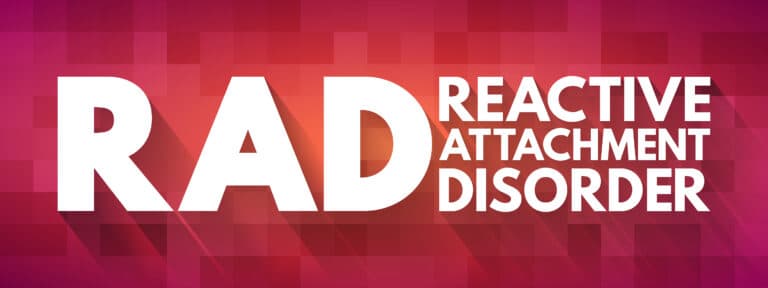
In this blog on stimming in ADHD, we’ll answer the following questions:
- What is stimming?
- Is there a difference in stimming with ADHD?
- What are some examples of ADHD stimming?
- What triggers stimming?
- How do you manage ADHD stimming?
- Is this related to autism?
What Is Stimming?
Stimming, short for self stimulatory behavior, is the repetition of noises or movements of the body. These can be both voluntary and involuntary.
Stimming typically involves repetitive movements and noises. The most common forms of stimming include physical actions (vestibular stimming) like hand-flapping, body rocking, or head nodding. While anyone can take part in stimming for several reasons, it’s generally used by those with attention deficit hyperactivity disorder (ADHD) to help with focus and impulsivity.
Is There A Difference In Stimming With ADHD?

Many people report using stimming as a coping mechanism for overwhelming stimuli and internal anxiety. Stimming is especially heavily associated with disorders like autism, where it helps reduce stress.
Often, people with ADHD stim to improve concentration, focus, and impulse control. For example, to counteract distracting stimming, a teacher may give a student a fidget spinner during lessons so they can have stimulation as they listen.
What Are Some Examples Of ADHD Stimming?
- Giggling
- Singing
- Hand flapping
- Body rocking
- Nail biting
- Chewing inside of the cheeks
- Repeat words or phrases
- Head banging
- Spinning objects
- Head shaking or nodding
- Snapping, tapping, rubbing, or flicking fingers
- Jumping, twirling, bouncing
- Pacing
- Tiptoeing
- Rubbing or scratching the skin
- Repetitive blinking
- Twirling or pulling hair
- Pencil tapping
- Jiggling foot
- Rearranging or lining up objects or toys
- Visual stimming (e.g., staring at the ceiling fan or wall)
What Triggers Stimming?
Stimming is typically triggered in response to intense emotions like anxiety, excitement, frustration, or even boredom. For those with ADHD, stimming is a method to improve focus. Each person who stims will have unique triggers that may be completely different than another person.
Common types of stimming triggers:
- Loud noises
- Strong scents
- Bright lights
- Changes in routine
- Strong emotions, including excitement, fear, sadness, or happiness
How Do You Manage ADHD Stimming?

Identify Stim Triggers
Knowing which stimuli and situations trigger your child is one of the most effective ways to manage stimming behaviors. For example, if large crowds result in sensory overload, you can remove your child from that environment by taking them to a quieter, less crowded area.
Support Communication Skills
Stimming is a form of communicating emotions. Working with your child to grow their communication skills can help with managing ADHD stimming. While you can do at-home exercises with your child, you can consider professional services with more tools and resources.
Utilize Exercise
Getting the blood pumping is one of the best ways to release built-up physical and emotional tension. If your child is prone to stim when pressured or stressed, consider having them try a sport or active hobby that stimulates their nervous system and releases stress-reducing endorphins.
Practice Safe Stimming
Some stims simply can’t be suppressed. Rather than trying to stop stimming, accept that adhd stimming behaviors are a part of your child’s daily life and accommodate them. For example, if your child is prone to body rocking, provide them with an environment that’s safe to do so. Similarly, if your child stims when they need to pay attention to learning, try stimulating toys like fidget spinners or stress balls to keep them engaged.
Talk to Your Child’s Doctor About ADHD Medications
Some medications can be used to manage the common symptoms of ADHD that lead to stimming, such as attention and behavioral challenges. Medicines for ADHD include stimulants, non-stimulants, and antidepressants. Likewise, these medications can support a person with ADHD if they have co-existing mental health conditions like depression or anxiety. Schedule an appointment with your child’s primary care provider to learn your options.
Is This Related To Autism?

Stimming is a frequent behavior exhibited by individuals with an autism spectrum disorder. It’s so familiar in individuals with autism that it’s even part of the diagnostic criteria.
That said, a person doesn’t necessarily have autism if they stim. Stimming is often a sign of anxiety in neurotypical people and doesn’t always mean they have an underlying condition. Just as seen in individuals with autism, stimming occurs in neurotypical people, too.
Do People with Autism Stim When Nervous?
Individuals with autism tend to stim to handle sensory processing. The practice helps manage their emotions and block out overwhelming sensory input.
A person with autism may voluntarily or involuntarily engage in stimming behaviors if they feel:
- Nervous
- Anxious
- Overwhelmed
- Scared
- Upset
- Annoyed
- Physical or emotional pain
- Bored or understimulated
Published On: September 5, 2022
Updated On: September 21, 2023






